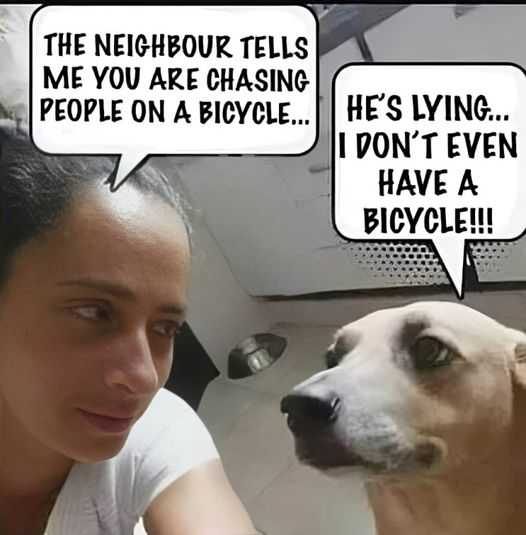
prepping.com
EMERGENCY ALERT!! U.S. TO ALLOW UKRAINE TO USE LONG RANGE WEAPONS AGAINST RUSSIA!!
#nyprepper #WW3 #breakingnews GET 25% OFF THE THREE MONTH EMERGENCY FOOD SUPPLY FROM MY PATRIOT SUPPLY HERE: http://preparewithnyprepper.com For first access to breaking news updates check out my Patreon $3/month and direct messaging to me: https://www.patreon.com/NYPrepper Leave a tip if you feel compelled: https://paypal.me/NYPrepper?locale.x=en_US "CULINARY NIGHT" - https://rumble.com/v58d1g5-culinary-night-the-night-we-came-close-to-nuclear-war.html Rumble: https://rumble.com/NYPrepper Telegram: t.me/nyprepper1 Twitter: @nyprepper1 --------------------------------------------------------------------------------------------------------------------------------------------------------- FOR GREAT DEALS ON VARIOUS PREPPING PRODUCTS CHECK MY SPONSORS BELOW!! --------------------------------------------------------------------------------------------------------------------------------------------------- MY WEBSITE - http://www.newyorkprepper.com for a FREE DISCUSSION FORUM, blog, and articles. SIGN UP FOR E-MAIL ALERTS AT THE BOTTOM OF MY WEBPAGE FOR CRITICAL & BREAKING UPDATES TO YOUR E-MAIL!! (I DO NOT SEND SPAM) ----------------------------------------------------------------------------------------------------------------------------------------------------- MY MERCHANDISE (T-shirts, mugs, towels, bags): https://teespring.com/stores/nyprepper-merchandise ------------------------------------------------------------------------------------------------------------------------------------------------------- Contact me at nyprepper85@gmail.com to speak anonymously and share any information you feel would be good to share with my audience. All sources will remain confidential! ------------------------------------------------------------------------------------------------------------------------------------------------------ MASON LEATHER - leather products made in Texas, VETERAN OWNED: http://www.masonleather.com USE PROMO CODE "NY10" for 10% OFF CRAFT HOLSTERS - fine hand-made european holsters http://www.craftholsters.com/holsters USE PROMO CODE "NYPrepper5" for 5% OFF!! OLIGHT - high quality flashlights at a good price USE PROMO CODE "NYPrepper10" for 10% OFF!! Use my affiliate link: https://www.olightstore.com?streamerId=1434870235842121731&channel=default GET 70% OFF Virtual Shield VPN use my link: https://virtualshield.com/deals/nyprepper -----------------------------------------------------------------------------------------------------------------------------------------------------

















